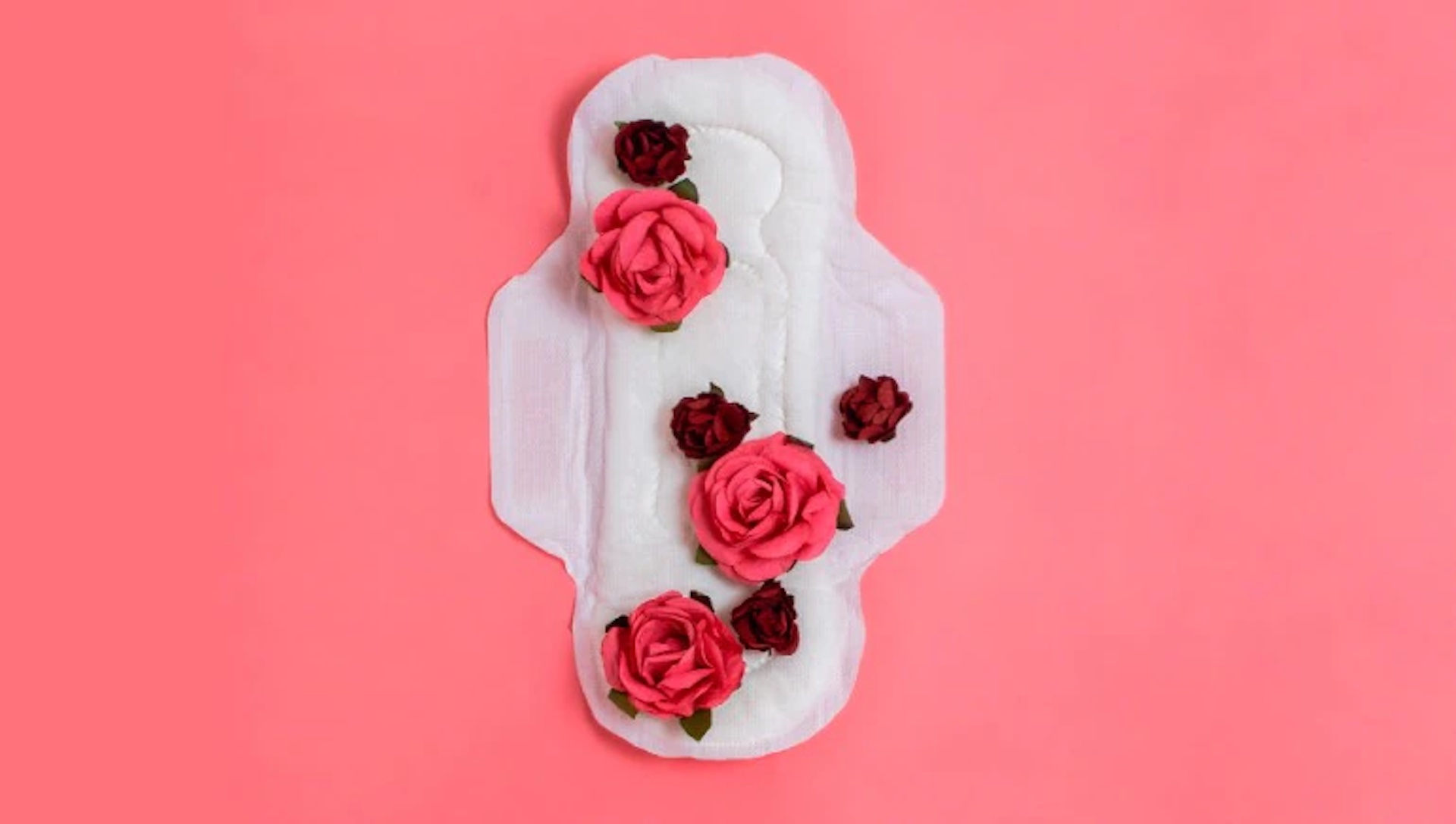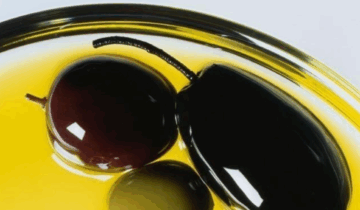Have you ever made plans to go out and come the day of the event you want to cancel, do some self-care, and relax on the couch instead? That usually has to do with your menstrual cycle. Can you relate to having a week where you’re totally killing it in your workouts and feeling so good eating all the salads and smoothies and the following week, you just can’t bring yourself to stick to that workout routine or the same types of meals? that has nothing to do with will power and has a lot to do with the phases of your menstrual cycle! Our movement, nutrition and self-care needs change throughout the month and our body will tell us exactly what it wants.
Women aren’t taught how to harness the different phases of their cycle so instead many of us try to push through each phase as if they’re all the same which often leads to burn out, crazy PMS symptoms and disappointment in our lack of ability to stick to (often restrictive) health goals. Once you understand how your hormones change through each of the 4 cycle phases, you can tailor your diet, lifestyle, and workouts to be better supportive to each phase.
The four phases of the menstrual cycle include the menstrual phase, the follicular phase, the ovulatory phase, and the luteal phase. The menstrual cycle varies in length for all women but is usually somewhere between 25-35 days. The month cycle begins on the first day of your period and ends at the start of your next period.
The Menstrual Phase
Day 1 of your cycle begins at the onset of your bleed. During this phase your sex hormones estrogen and progesterone are at their lowest levels and your happy hormone serotonin also drops which usually leaves us feeling withdrawn and reflective. This phase of the cycle is all about rest which means this is the time to say no to any work commitments or social gatherings that aren’t 100% necessary (plan for this throughout the month!). Your workouts should be restorative (e.g., outdoor walks or gentle yoga), and your nutrition focus should be on nourishing and warm foods high in protein and healthy fats. It’s important to honour this slower phase so that we can tap into the natural increase in our intuition. Whatever issues frequently bother you during your menstrual phase are usually things that need to be worked on during your higher energy phases.
The Follicular Phase
Speaking of higher energy phases, the second phase of the cycle is the follicular phase. During this phase our hormones start to rise, and we slowly start to feel more motivated and energetic. You likely feel more creative and ready to tackle all your goals! The natural increase in energy makes this a great time to challenge yourself in your workouts and the natural decrease in appetite around this time means you may also feel best eating meals that are light and vibrant packed with antioxidant-rich fruits and veggies.
The Ovulatory Phase
The third phase of the cycle is the ovulatory phase. This is the main event of the entire cycle because regular ovulation is a key sign that our body is feeling supported (our body won’t prioritize ovulation if we are nutrient deficient, overly stressed or struggling with other hormonal imbalances like insulin dysregulation or thyroid issues). Our energy stays elevated during this phase which means we can continue to push ourselves in our work and workouts. This is the perfect time to plan for more social engagements. Our nutrition focus continues to be on fresh foods and the fiber from these foods help us to keep estrogen levels in check (PMS-like symptoms around ovulation is an indication that your estrogen levels are too high).
The Luteal Phase
The final phase is the luteal phase. This post-ovulatory phase is when our bodies start to prepare for another menstrual phase. Our energy and sociability start to taper off and the rise in progesterone makes us more detail oriented. This means it’s time to catch up on all the things we procrastinated for the rest of the month like house cleaning or organizing, finishing projects, or doing a big grocery shop. We often associate this phase with PMS symptoms which can present themselves if estrogen and progesterone are not balanced or you’ve been pushing yourself too hard in your lower energy phases. Your workouts should slowly start to shift to lower intensity workouts like low impact strength training, pilates, barre or yoga flow. Your nutrition focus should be on balancing blood sugar levels with protein and healthy fats to keep cravings at bay and slow-burning carbs like sweet potato, quinoa or oats can help us to keep energy levels up.
Body literacy is the key to self-love and compassion. When we understand our bodies, we can be kinder and more forgiving with ourselves.
By: Jessica Victoria, RHN
Naturopath and Women’s Health Practitioner





 No products in the cart.
No products in the cart.